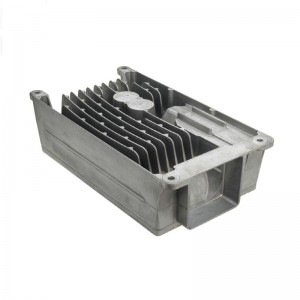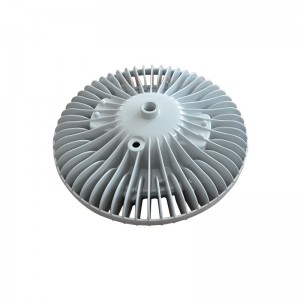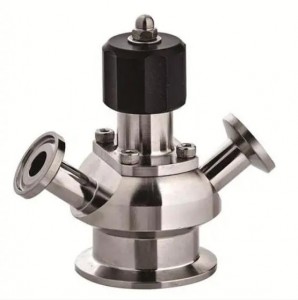Automotive Battery Aluminum Die-casting Parts
✧ Product Introduction
Automotive Battery Aluminum Die-casting Parts
Aluminum is the main material for electric vehicle (EV) battery casings because of a simple but important factor: lightweight capability. All currently available BEs that travel more than 250 miles long-range use aluminum as the main material for the battery casing. New energy vehicles will require very large batteries, the largest payload and the smallest energy consumption (operating costs). Lightweight will continue to be of high value. In addition to reducing weight, it will also ensure lower assembly costs and ensure complete scrap recycling. , Durable and corrosion-resistant atmospheric agents and corrosion, easy to assemble, reduce maintenance costs, etc., so aluminum has become the material of choice.
The battery case plays a vital role in collision energy management, which can prevent intrusion into the battery cell and also absorb energy to protect passengers. The aluminum housing is 50% lighter than the equivalent steel design. Therefore, it achieves an energy density of more than 160 Wh/kg, which is the best energy density in the industry. For mass-produced electric vehicles, aluminum sheet design is more cost-effective than aluminum extrusion and casting intensive design.
✧ Products Description
| Mold Material | SKD61, H13 |
| Cavity | Single or multiple |
| Mold Life Time | 50K times |
| Product Material | 1) ADC10, ADC12, A360, A380, A413, A356, LM20, LM24 2) Zinc alloy 3#, 5#, 8# |
| Surface Treatment | 1) Polish, powder coating, lacquer coating, e-coating, sand blast, shot blast, anodine 2) Polish + zinc plating/chrome plating/pearl chrome plating/nickel plating/copper plating |
| Size | 1) According to customers' drawings 2) According to customers' samples |
| Drawing Format | step, dwg, igs, pdf |
| Certificates | ISO 9001:2015 & IATF 16949 |
| Payment Term | T/T, L/C, Trade Assurance |
Low Cost – After the first time tooling investment, die casting becomes much valuable cost effective methods for producing mass parts.
Design Freedom – Thin wall castings 0.8MM provide sheet-metal like finishes with much greater design flexibility. The die casting process allows complex surface details and the incorporation of attachment bosses, tabs and structural features for all the parts.
Part Integration – Many features such as bosses, cooling fins and cores can be incorporated into one piece thus reducing overall weight and cost while improving quality and strength,because die casting can produce highly complex shapes very precisely.
Class-A Surfaces – We have mastered the design and manufacture of parts with automotive class-A surfaces which can be mirror chromed or painted








